The four-day folk festival of Chhath begins on Thursday, November 7 this year. The Chhath festival starts from the Shashthi (sixth day) of the Kartik month in the Shukla Paksha. This festival involves various rituals, each carrying its own religious significance, including the tradition of “Kosi Bharai.” Let’s explore the importance of Kosi Bharai and how it is performed.
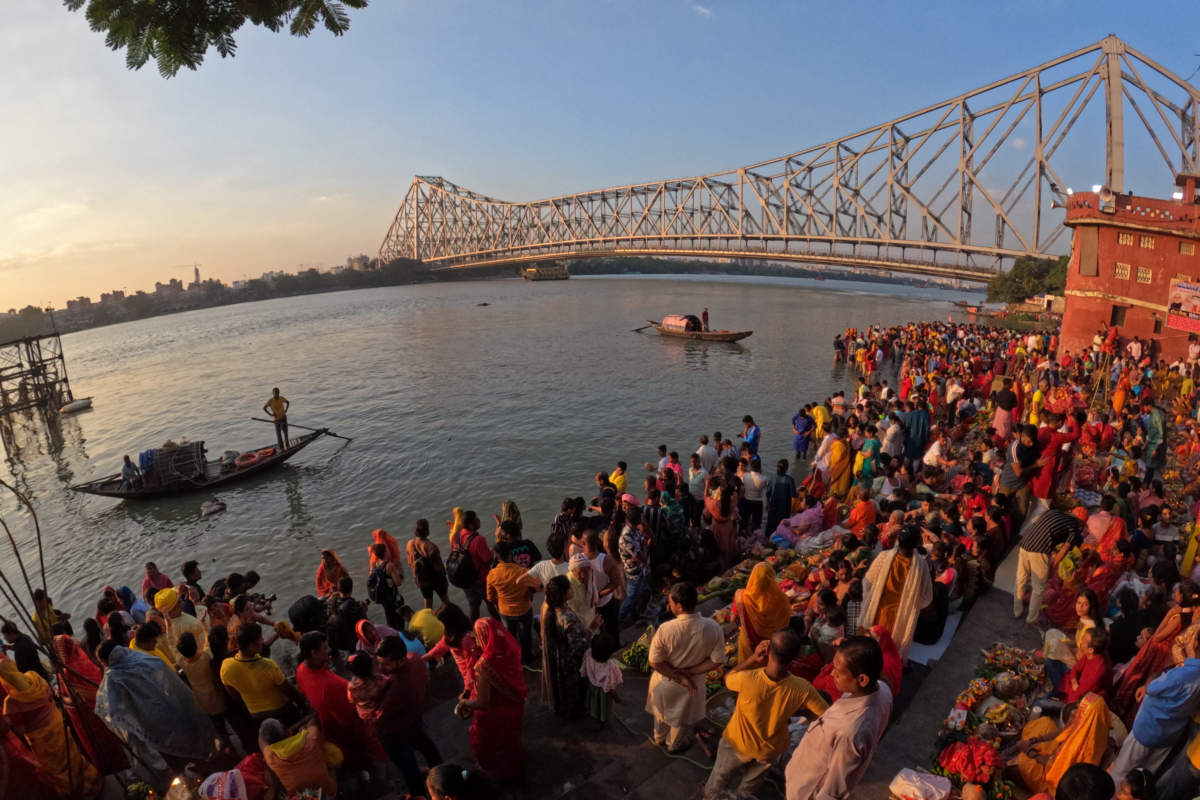
Table of Contents
Significance of Kosi Bharai
Chhath Puja begins with the ritual of “Nahai Khai,” which will start on November 7 this year, culminating with the evening arghya (offering) on November 9. The Kosi Bharai ritual, mainly performed by women, holds special significance in Chhath Puja. It is believed that by observing Chhath Puja with dedication, devotees bring prosperity and happiness into their lives and ensure longevity and health for their children. According to religious beliefs, devotees make a vow to perform Kosi Bharai for fulfilling wishes or curing diseases. Once their wishes are fulfilled, they thank Goddess Chhathi Maiya by performing the Kosi ritual during Chhath Puja.

How to Perform Kosi Bharai?
For those observing Chhath Puja for the first time, Kosi Bharai involves setting up a bamboo basket surrounded by five or seven sugarcanes to form a canopy. Before setting up the sugarcanes, place a red cloth on top with offerings like thekua (a traditional sweet) and fruits. Inside, place a clay elephant and place a pot (ghada) on top of it. Apply vermillion to the elephant, and fill the pot with thekua, fruits, ginger, radish, etc. Some devotees also light 12 or 24 lamps inside the Kosi. The women then sing traditional Chhath songs. The ritual concludes with placing incense in the Kosi, performing a small hawan (offering), and making a wish to Chhathi Maiya.
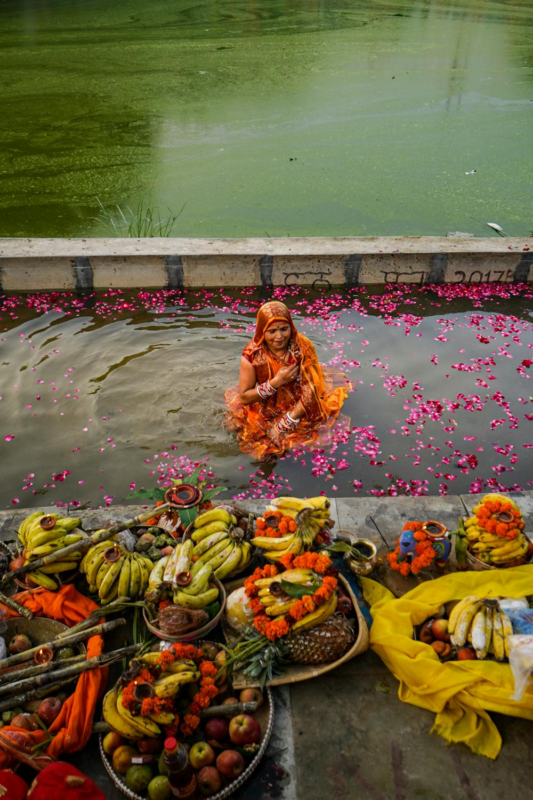
Why Are Five Sugarcanes Used in Kosi Bharai?
The Kosi Bharai ritual involves a significant contribution from women, with some male family members also assisting, known as “Kosi Sevna.” The house remains filled with excitement and joy all night. After the evening arghya, the Kosi Bharai ritual is repeated at the riverbank in the morning, where women express gratitude through songs for their fulfilled wishes. After offering arghya to the sun, the prasadam is immersed in the water, and the sugarcanes are brought back home. The five sugarcanes represent the five elements (earth, air, water, fire, and sky), symbolizing the balance of nature.

Importance of Chhath Puja
Chhath Puja is deeply rooted in ancient Indian culture. The Sun God, considered the king of planets and the source of life, energy, and health, is worshipped during this festival. This puja brings peace and happiness and symbolizes India’s cultural diversity. It is celebrated with devotion, primarily by women, who observe strict purity and cleanliness. The ritual of offering arghya at riverbanks signifies respect and gratitude towards water. Chhath Puja fosters a sense of unity, as families and communities come together to celebrate this festival.

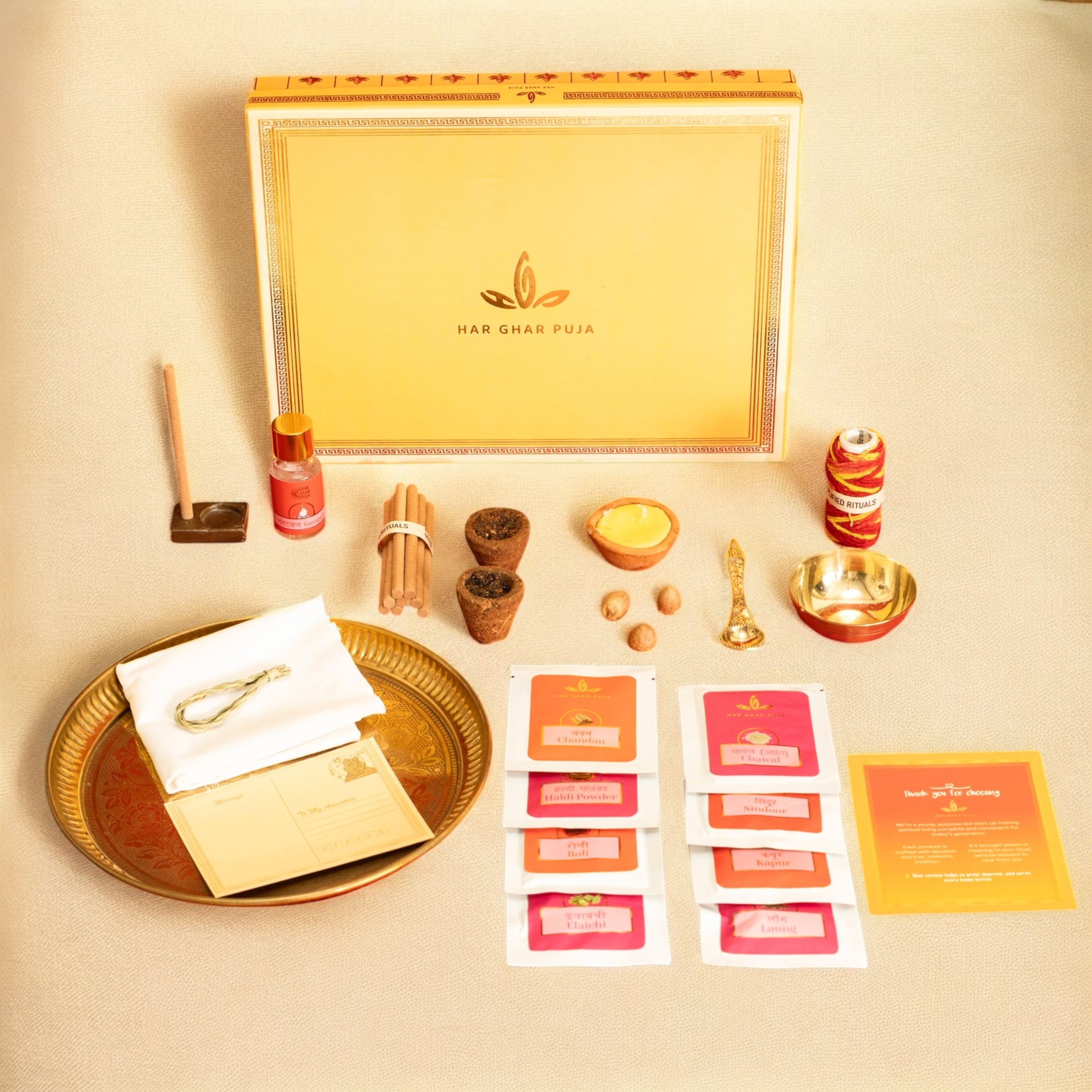
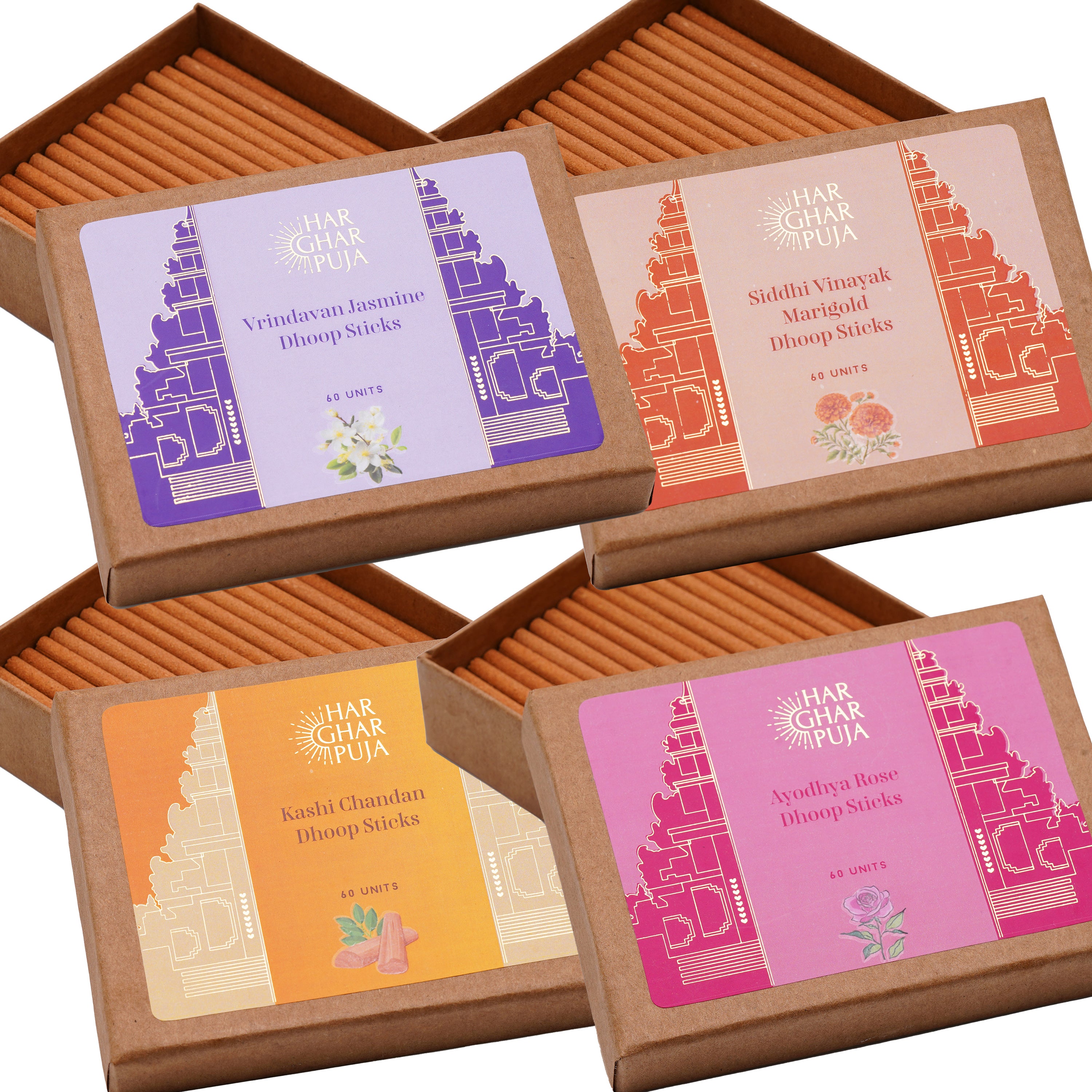


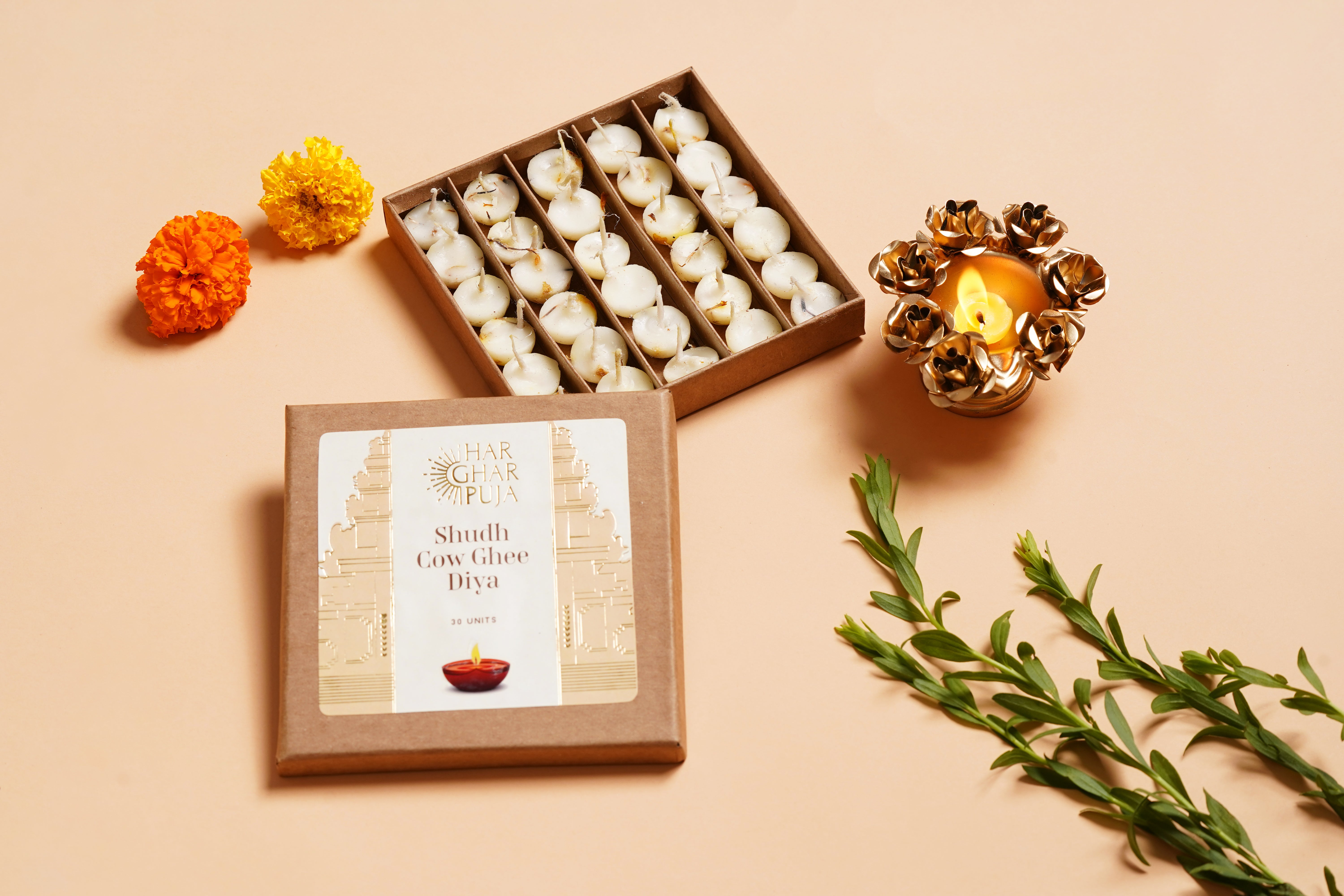

Kosi Bharai in Chhath Puja symbolizes devotion, ensuring health, prosperity, and children’s well-being. 🌞🙏
Your answer is perfect right regarding this question many many thanks